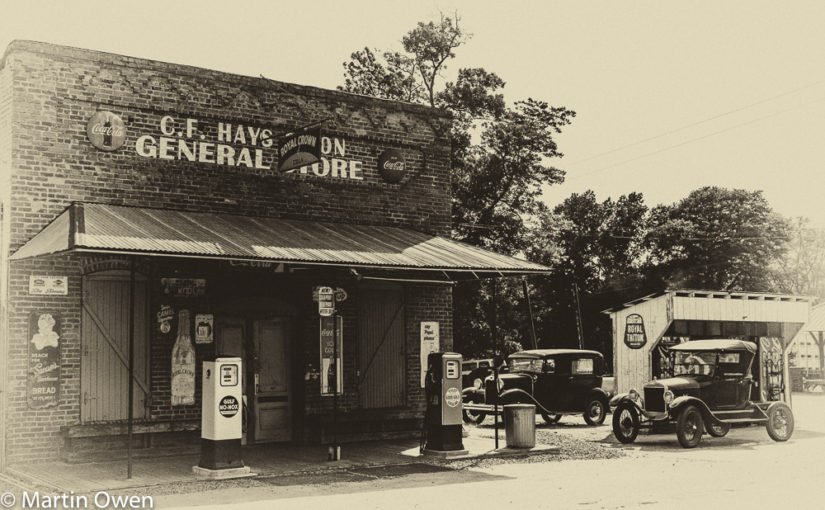Some time ago, I wrote a blog about how I learned to love tourists called, “I’m not a Grockle, I live here.” (You can find it at http://ow.ly/Ps7k308ciuD, if only to find out what a “Grockle” is!). Having grown up in a small, historic country frequently visited by camera-wielding tourists, you quickly learned to embrace, rather than fight, human curiosity.
One of the major factors affecting world tourism in the coming years will be what’s termed “over-tourism.” We’ve seen the 300,000 residents of Iceland struggling with 3 million tourists a year. It’s almost impossible to buy a home in Venice and the city has almost become a tourist theme park. Machu Picchu, the Inca city situated 8,000 feet up in the Peruvian Andes, has been forced to restrict tourist numbers at certain times of the year to avoid destroying the world heritage site.
These are extreme examples, but there is a need to manage tourism. It’s a process called Sustainable Tourism, which aims to ensure that development is a positive experience for locals and tourists while helping to generate future employment and……..
Read the rest of this article at here.










